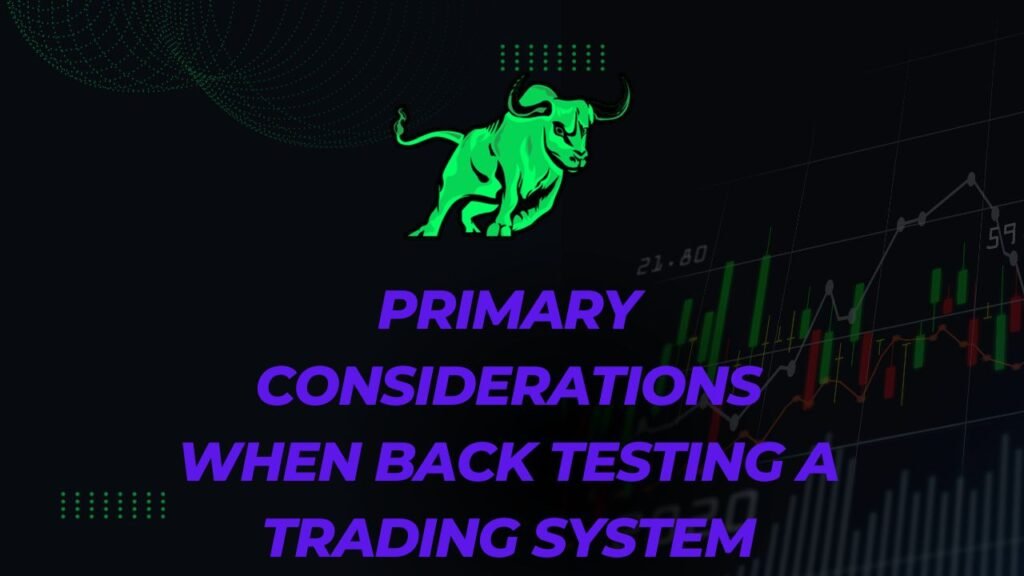
Addressing Primary Considerations When Back Testing a Trading System is essential for traders aiming to refine and validate their strategies. Backtesting is a simulation of how a trading strategy would have performed in the past, and it plays a crucial role in developing successful trading systems.
Historical Data Depth and Quality
The accuracy of backtesting heavily relies on the quality and depth of historical data used. It’s crucial to use comprehensive data that covers various market conditions, including high volatility periods, market crashes, and typical trading days.
Realistic Trade Execution Simulation
Incorporating realistic trade execution into your backtesting is vital. This includes factors like slippage, transaction costs, and market liquidity, which can significantly affect trading outcomes in real-world scenarios.
Risk and Money Management Rules
Effective backtesting must also account for risk management strategies. Ensure your backtesting includes rules for stop-loss orders, position sizing, and overall exposure to adequately assess the risk profile of your trading strategy.
Strategy Robustness Testing
Robustness testing involves evaluating how well a trading system performs under various market conditions. This can include stress testing and scenario analysis to ensure the strategy remains effective across different market environments.
Overfitting Avoidance
One of the primary pitfalls in backtesting is overfitting, where a strategy is too closely tailored to past data, making it less effective in real trading. Ensure your backtesting strategy avoids over-optimization by testing it across different time frames and market conditions.
Continuous Improvement and Forward Testing
Backtesting should be part of an ongoing process of strategy improvement. Along with backtesting, forward testing, or paper trading, in real-time market conditions is essential for further validating your strategy.
Success Stories: The Impact of Effective Backtesting
Many traders have fine-tuned their strategies using backtesting, leading to improved performance and better risk management in their live trading. These success stories underscore the importance of a well-considered backtesting process.
FAQs: Mastering Back Testing in Trading Systems
Q: How much historical data should I use for backtesting?
A: Use as much data as possible to cover different market conditions, but be wary of overfitting your strategy to specific historical events.
Q: Can backtesting guarantee future profits?
A: No, while backtesting is a powerful tool, it cannot guarantee future profits due to the ever-changing nature of the markets.
Conclusion: A Well-Tested Path to Trading Success
Primary Considerations When Back Testing a Trading System are crucial for any trader looking to develop a robust and profitable trading strategy. By focusing on these key aspects, you can significantly increase your chances of success in the Forex market, turning backtesting from a mere formality into a cornerstone of your trading approach.